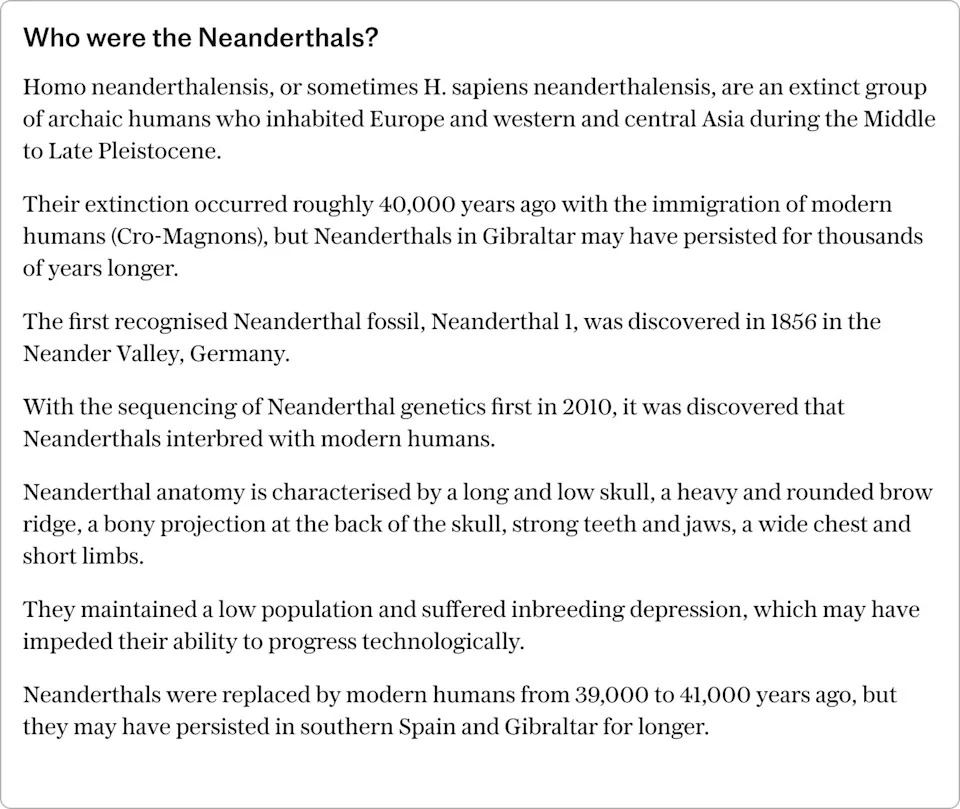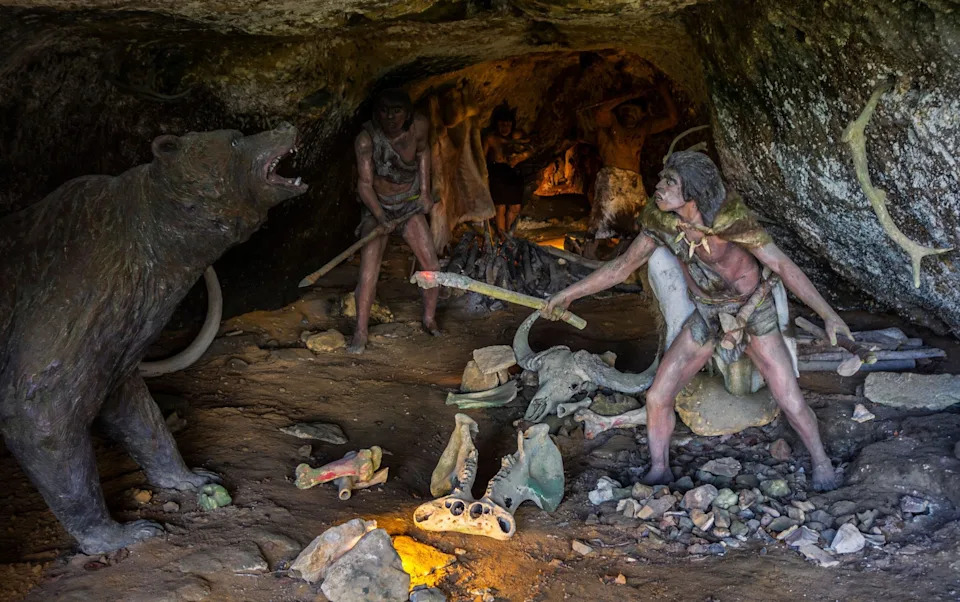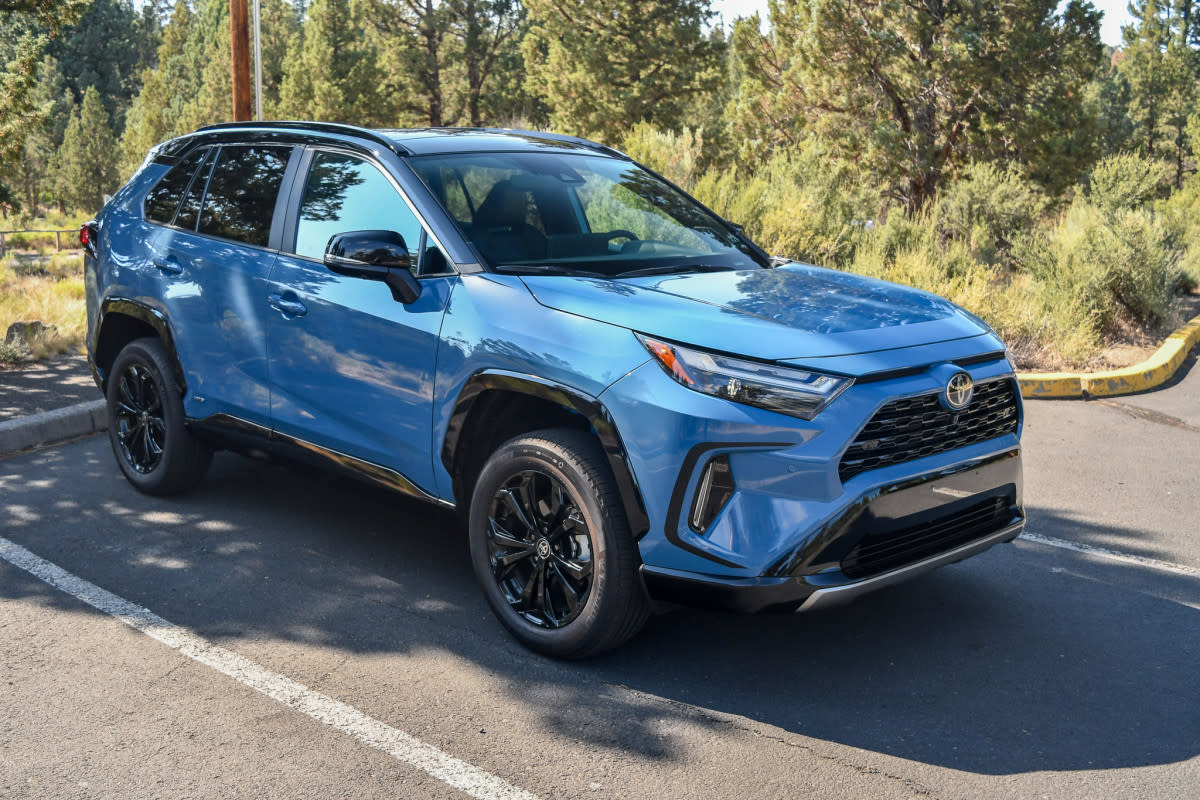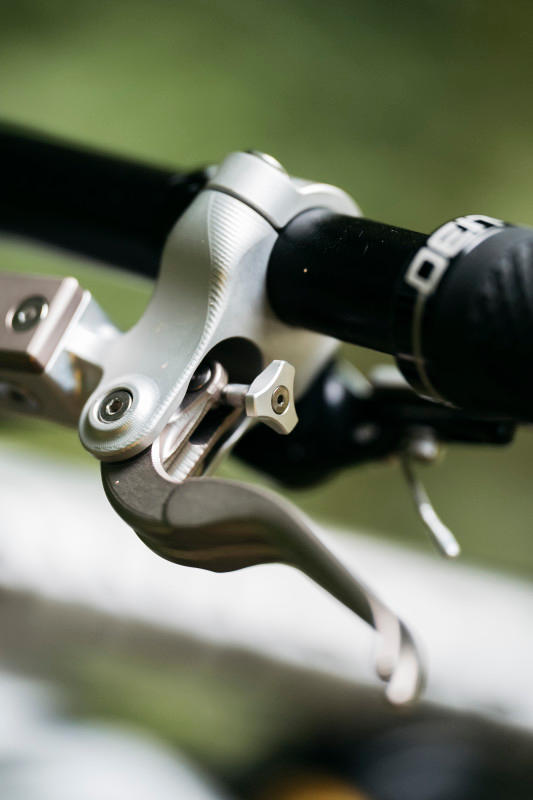Neanderthals loved eating maggots and were not the total carnivores people often believed they were, a study has found.
It has long been believed that Neanderthals, the ancient cousin species of our human ancestors, ate almost nothing but meat in a similar way to lions or wolves.
But a study has found this to be incorrect and proves that Neanderthals instead dined largely on maggot-riddled meat.
The meat from successful hunts would be stashed and inevitably left to fester but the maggots which took root were also likely a staple of their diet, new analysis has found.
Previous studies of Neanderthal remains have shown they had the same chemicals in their bones as hypercarnivore predators, which is indicative of a purely carnivorous diet.
This, combined with the knowledge that Neanderthals hunted animals such as mammoths, bison, deer and reindeer, led to the widespread assumption that Neanderthals ate almost nothing but meat.

But Dr Melanie Beasley, an anthropologist at Purdue University in Indiana, US, suspected this to be incorrect and studied maggots feasting on human remains to see if they could account for the chemical signature which implies a carnivore diet.
Analysis found that when a carcass rots, the muscles themselves become only marginally enriched with the specific form of nitrogen found in Neanderthal remains.
But when maggots eat the flesh and themselves are consumed, these can be up to 43 per cent richer in the nitrogen which scientists have previously thought proved carnivore behaviour.
“We suggest that the nitrogen values are inflated, perhaps substantially so, because these dedicated hunters of large mammals would have stored or cached portions of their kills for later use to compensate for unpredictable returns,” the study team wrote.
“Back-up reserves of animal foods, either as packets of processed meat and fat, or as partial or complete carcasses, would have been placed in expedient above-ground rock or log cairns, suspended from tree branches or placed on above-ground racks or stages, immersed in ponds and swamps, or buried in below-ground pits.
“Such reserves, whether fresh, dried, or smoked, readily attracted flies while they were being processed, and, over the use life of the reserve, the contents almost inevitably began to putrefy and become infested with maggots.”
This slowly rotting meat which was being devoured by maggots could have been eaten weeks, months, or even years after it was first hunted, the scientists concluded.
 Neanderthals may have often eaten fat-rich tissues in a tainted or putrefied state, say scientists - Arterra Picture Library/Alamy
Neanderthals may have often eaten fat-rich tissues in a tainted or putrefied state, say scientists - Arterra Picture Library/AlamyTo gauge what nutrients maggots contained the scientists buried 34 human bodies donated for research at the Body Farm facility of the University of Tennessee.
After two years, the maggots were studied and it was found that they were the likely reason for the high nitrogen content in Neanderthal remains that led to the assumption they were almost exclusively carnivores.
Another factor in the scientists’ conclusion about the Neanderthal diet is that it is impossible for a human body to survive for very long if it is consuming more than 300g of protein a day. Prolonged exposure to a diet beyond this, which is around 1,200 calories of pure protein, can lead to “rabbit starvation” in which the body begins to shut down.
This biological incompatibility with the protein-heavy diet and the maggot nitrogen finding are strong evidence that the Neanderthal was not a hypercarnivore like lions, the scientists say.
“A lion, on average, consumes anywhere from double to four-and-a-half times more protein per kg of body weight than the absolute maximum a Late Pleistocene hominin would be capable of tolerating,” the scientists wrote.
The Neanderthal diet was likely to have included tongue, ribs, briskets, entrails, kidneys and other internal organs, and probably also the brain, the scientists believe.
‘Fascination’ of hypercarnivore image
But Dr Beasley believes Neanderthals “often ate these fat-rich tissues in a tainted or putrefied state together with their almost inevitable infestation of living and dead maggots”.
“It seems very likely that Late Pleistocene hominins would often have found themselves consuming animal foods from tainted or putrefied reserves laced with living and dead maggots,” she told The Telegraph.
“I think for a long time the hypercarnivore narrative about Neanderthals has been wrong but that image adds to their exceptionalism and fascination, so that narrative has persisted.
“Hominins ate meat regularly starting with Homo erectus, but they ate a diversity of other foods too.
“We are just saying that we need to consider those other dietary inputs like the inevitable stored foods laced with fatty maggots that would have been nutritionally beneficial.”
The study is published in Science Advances.
Broaden your horizons with award-winning British journalism. Try The Telegraph free for 1 month with unlimited access to our award-winning website, exclusive app, money-saving offers and more.













